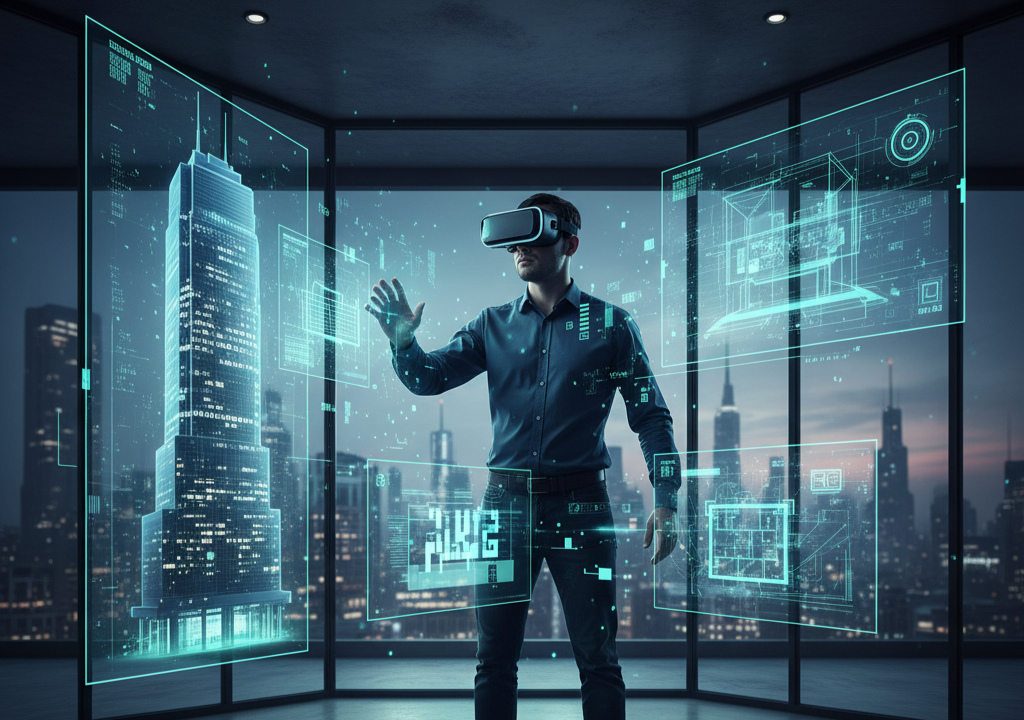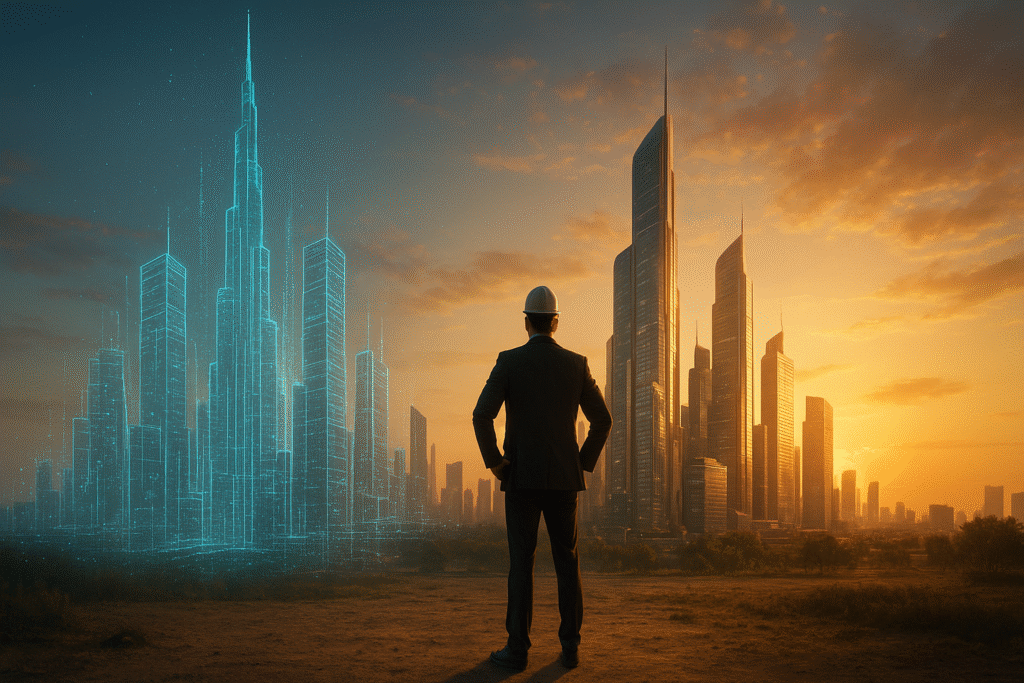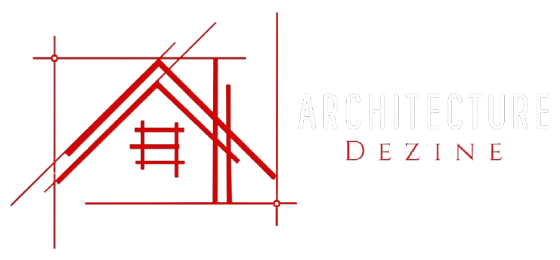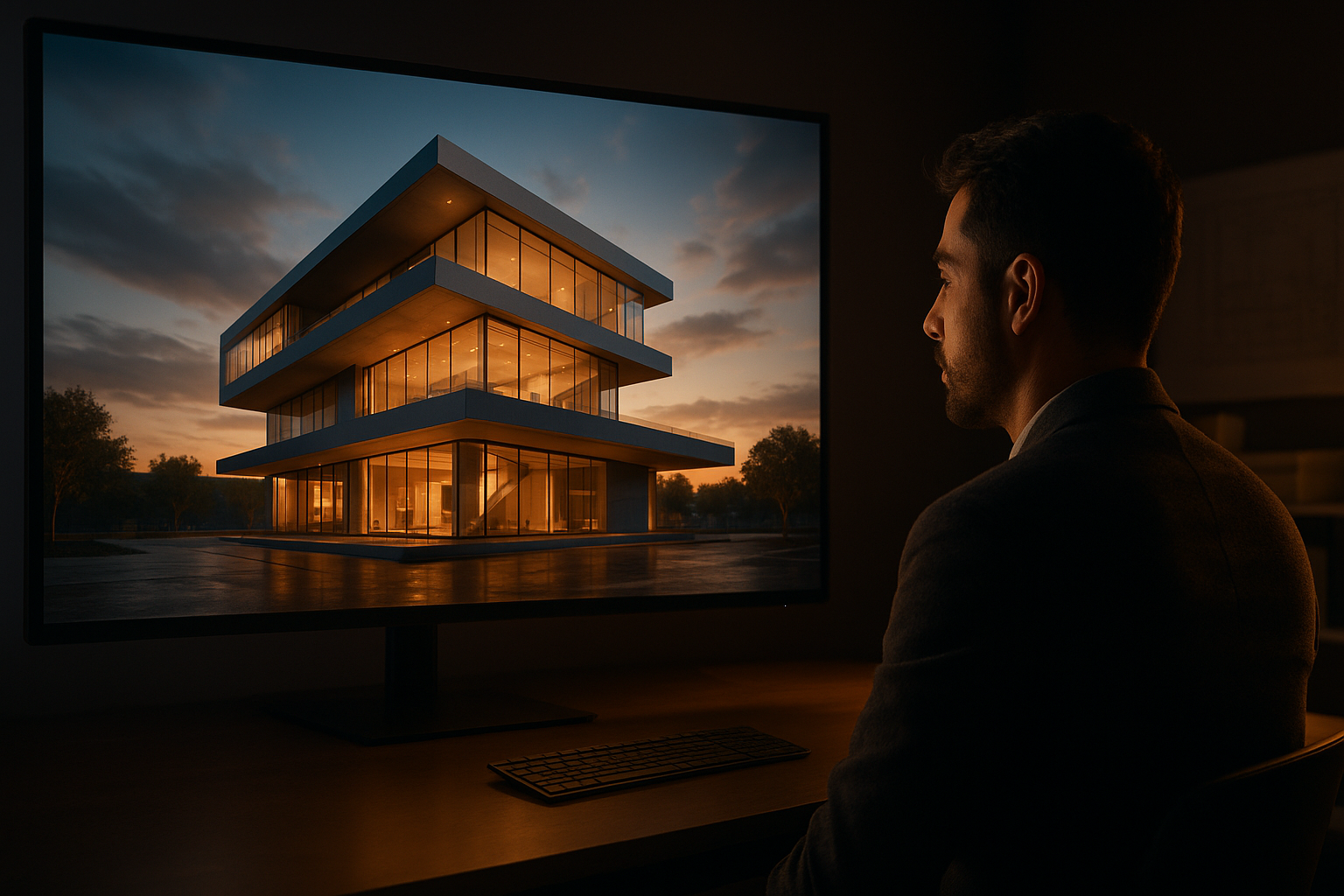For many years, architects worked with static drawings and rigid 2D blueprints. These methods demanded a considerable degree of technical knowledge—and a healthy imagination—to interpret a project’s ultimate appearance and experience.
That barrier is evaporating. 3D architectural animation is transforming how design is imagined, presented, and understood. It provides a living, breathing portrayal of a future building. Rather than merely displaying or communicating a design, animation represents the capacity for clients to truly experience the sense of atmospherics, scale, and function of their project before any construction takes place.
This active medium elevates architectural presentation beyond static rendering, establishing a dynamic platform for immersive storytelling that promotes transparency and enthusiasm from the client.
What Is 3D Architectural Animation?
3D architectural animation is basically an animated visual walkthrough of a proposed design. It takes a fixed, digital structure and displays it in a way that is cinematic.

It’s important to understand the difference between animation and standard 3D rendering. A render is a singular photorealistic snapshot: a still image of the design. Animation is a sequence of those renders in motion, adding time, motion, and storytelling.
So, the end product is a movie-like walkthrough. It takes the viewer through the spaces, it shows the passing of the sun, and it illustrates how people will interact with their future building. The prime software used by architects for this high-fidelity production are Lumion, Twinmotion, Unreal Engine, and Blender.
Why It Matters in Modern Architecture
In a competitive marketplace, animated walkthroughs are quickly becoming the preferred method for representing large-scale, complex projects. Clients and developers prefer them for obvious and clear reasons.
At the heart of this evolution is emotional storytelling. A static image can depict an attractive lobby, but animation illustrates the sunlight spilling onto the floor as a family walks through — bringing life, and light, and land a quality we cannot ignore, the atmosphere. This active element invites an emotional connection that greatly enhances engagement.

How 3D Animation Improves Clarity and Communication
Furthermore, animation provides clarity that is unparalleled. It reduces the ambiguity of flat plans, driving faster, more confidently approved client decisions. Cohesion of visualization is invaluable for funding, and high-end marketing campaigns.
The Process: How 3D Animation Is Created
Producing a top-quality architectural animation is a structured, multi-step process that joins technical implementation with artistic direction. Effective and skillful application of both is necessary to cultivate a final product that is true to the architect’s vision, evokes the appropriate emotions, and is an effective form of communication.

1. Modeling
To start, architects create a fully realized 3D representation of the building. Often the process begins with the architect’s CAD drawings to ensure that the building is accurately represented with all dimensions and elements in a 3D environment.
2. Lighting and Texturing
Now it is time to dress the building in the digital environment. Designers apply textures to all surfaces, whether it is the grain of wood, reflective surface of glass or the roughness of concrete. Most importantly, they set the lighting to mimic real-world conditions that evoke the appropriate mood and atmosphere.
3. Animation
Moving forward, the animation comes into play. Digital cameras travel and create pans for rooms while establishing the flow and spatial relationships. Objects are animated in the environment including moving vehicles, slight movement of leaves in the wind, and crowds of digital people.
4. Post-Production
In the post-production phase, editors carefully edit the digital footage. The editing process is done as a professional process where the pacing may be of course along with immediate edits to create the best pace. Editors add color grading to achieve the perfect aesthetic. Finally, licensed music or a professional voiceover is added to complete the finished video and create the immersive experience.
Real-World Benefits for Architects and Clients
Investing in 3D Architectural Animation provides immense value in all stages and for all project players.
It helps clients to realize scale and functionality. When clients can see themselves in the space, it affirms functionality of the layout and space incentives dictated by the design.
Thus animation reduces miscommunication at a critical stage of project approval. After taking a virtual tour, clients will not be ambiguous about either materials or dimension of space.
Beyond that, animation improves the firm’s portfolio and better frames marketing campaigns. An animated walk-through captures attention on a social media platform and a professional website, better than a gallery of static images. A visual model or animation can also significantly enhance investor confidence on larger-scale developments, providing an excellent vision of the future asset.

The Future of 3D Animation in Architecture
The realm of architectural visualization is still in growth mode. New tools are increasingly speeding up the creation process and making the viewer experience even more immersive.
Taking “real time” idea a step forward, tools have improved so much that they are capable of delivering final quality images nearly instantly, changing weeks of animation production to days. AI tools are also helping automate endless tasks, such as materials generation and placement of environments.
Furthermore, the integration to AR and VR environments continues to improve. Instead of just watching a video of a project, clients are virtually walking inside their future homes or developments using a headset. Now the highest level of detail and emotion is possible. Although 3D animation is the base for these fully immersive experiences, it will always cross the divide between pure creativity and real-world form.

Conclusion
3D architectural animation is the best development in design communication to date. It injects emotion, clarity and realism into each project like been never done before.
When architects provide 3D animated stories, they attain approval earlier, better eliminate mistakes as opposing the old methods, and assure the built environment is what the Client intended. This tool is essential for every firm wanting to be at the forefront in a new era of design.
When it comes to architectural design, 3D animation bridges the gap between your mind and the tangible world—imagination manifested.

A previous blog like “The Unseen Revolution: How 3D Visualization is Reshaping Modern Architecture”
For comprehensive insights into architectural animation workflows, check out Autodesk’s “How to Make Appealing Animations for Visualization, Architecture, and Design” article”.


